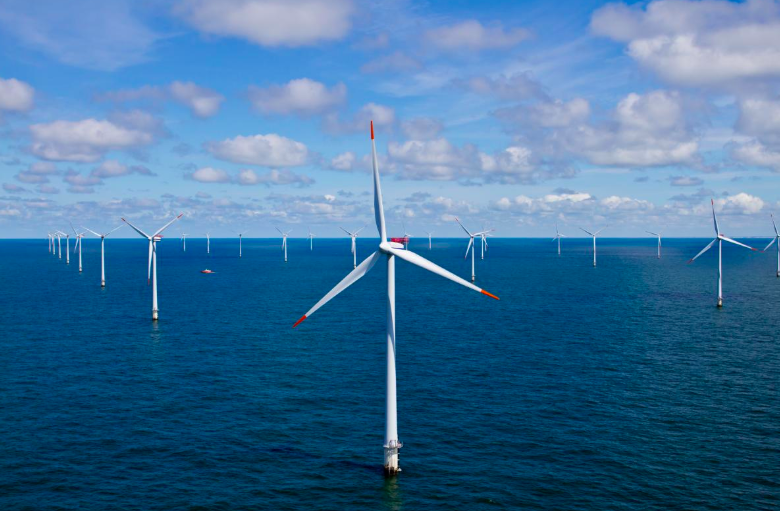
Last week a panel of experts speaking to the Capitol Hill Oceans Week Conference discussed the state of offshore wind development in the U.S. — describing the huge commercial potential and the difficult issues that are still being confronted in the industry’s infancy. It was a sobering look at this hot new source of renewable energy, but despite the challenges, offshore wind development seems inevitable.
Why This Matters: Offshore wind is growing like gangbusters — there are now three projects and 2000+ megawatts actively in development off the East Coast of the U.S. The fundamental conundrum is that oceans are already under stress from climate change, and renewable offshore wind has huge potential to alleviate greenhouse gas emissions from coal-fired power plants, but this development should not make oceans more stressed. There is much concern over how to develop offshore wind without unduly disrupting existing businesses such as commercial fishing, national security operations and training, or the natural environment and marine life. And with hindsight, what can we do better when it comes to renewable wind siting and construction than they have done in Europe or in the hydropower energy sector here in the U.S.? This is the time to work hard, cooperate and try to think sustainably.
- There are 22,000 MW of offshore wind potential off the east coast of the US — that is a $70B economic opportunity.
- With this many potential offshore wind projects, there is an open question about how and even whether to connect to the existing grid or create an entirely new one to support all this new power.
- But there needs to be a steady stream of leasing and projects going into construction in order to keep the industry going — it is still in its infancy here.
- There are important challenges with interactions with the fishing community and the Defense Department that are holding wind development back — both claim to have “superior rights” to use certain ocean spaces.
- Conservation challenges have been met in the early days — see the example of the agreement on conserving whales developed between environmental organizations and Vineyard Wind — but there is still much we don’t know but can learn if we build the science in from the start of development.
- There is an unprecedented opportunity for science and conservation with the 1700 foundations that will be built eventually to support wind turbines along the east coast just as there has been with rigs to reefs in the Gulf of Mexico — how can these be used for good?
- And how will they eventually be decommissioned –— that is already happening in Europe. How can we learn from their experience and plan for the decommissioning of wind sites?
Alejandro Moreno, Director, U.S. Department of Energy’s Water Power Technologies Office said it best — “All ocean renewable energy development should demonstrate net benefits that outweigh the harms caused by its development or we are just trading one set of problems for another.”
June 9, 2019 » fishing, national security, oceans, offshore wind, power grid, renewable power


